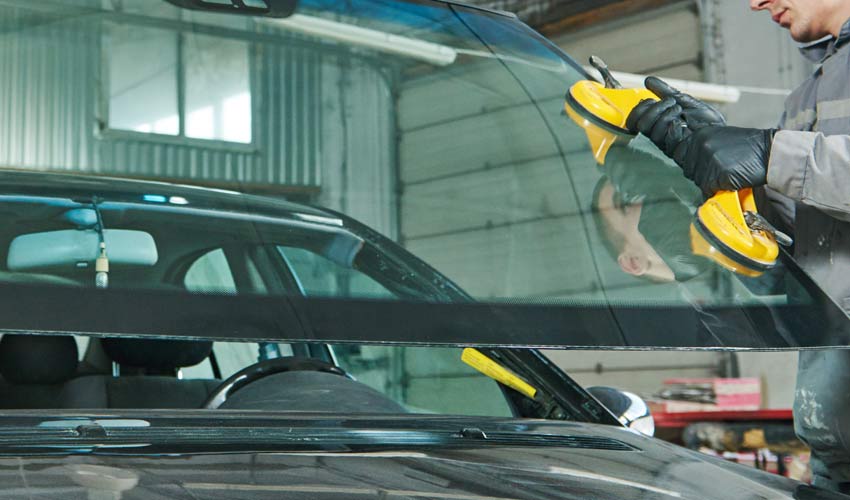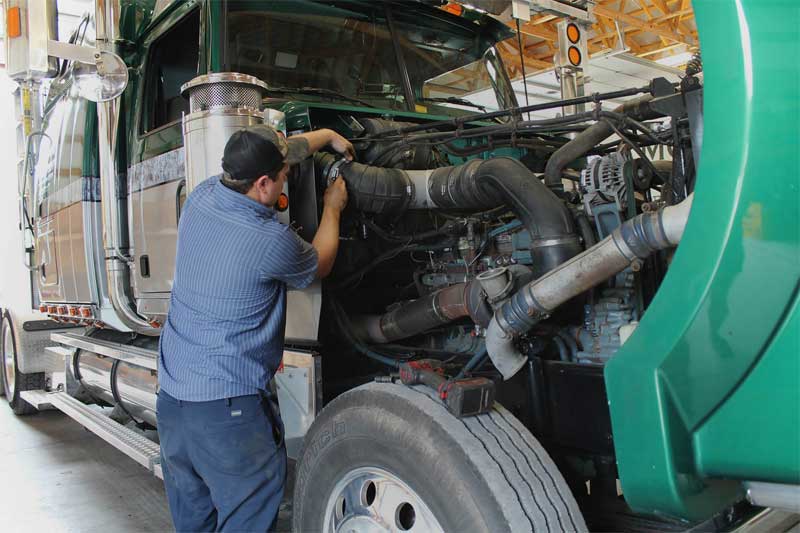Why a strong blow does not break the windshield and a slight touch can blow it into a thousand pieces? Stress, moisture and cracks created by fatigue stress are the explanation. Although at first glance the state of your windshield may seem perfect, the reality may be very different and its real resistance to any impact, however small, may be completely broken and endanger your safety and that of those who travel with you to board your car.
The actual resistance of the glass is much lower than its theoretical resistance. This is what explains the anomalies that we often perceive about the different mechanisms that cause the fracture of a windshield. The first theory that was published to try to explain why glass fractures already made it clear: the stress necessary for an impact to enlarge is inversely proportional to the size of the impact. That is, the greater the damage, the less force will be necessary to increase its size. In short, that as the size of the impact increases, the windshield resistance as a whole decreases.
This means that any impact, those that are practically not seen at a glance sometimes even by a review of the windshield, may have completely broken the resistance of the same to receive impacts. Then you think search “auto glass replacement near me” on Google.
Another factor that also affects the deterioration of glass resistance is the existing environmental humidity. A study (S. Wiederhorn) delved into this theory and showed how even with extremely small stresses, in the presence of moisture an impact on a glass grows continuously , without stopping, even if it is only molecule by molecule. More recent studies of Belron Technical on this matter have demonstrated that the temperature and its variations also are factors that make grow the hidden damages in a windshield.
Windshields are subject to constant stress from the moment of their manufacture. The cutting of the glass, its bending and curvature and even the inner laminate that prevents it from cracking explodes into a thousand pieces, persists in the glass a frozen residual stress from the moment of its production. The size, shape, curvature, and even the orientation, inclination and distribution of their masses also generate significant internal stresses. And that difficult balance reached at the time of its production can be lost permanently when the windshield receives an impact, however small it may be.
Another source of stress suffered by windshields comes from their own installation in the frame they must occupy in the car. The adhesives that attach it to the vehicle can also cause additional stresses. This is due both to dimensional tolerances and to the types of adhesives used for fixing them. Each windshield can have a tension pattern precisely because the properties of the glass can vary from one batch to another.
Being integrated into the structural mass of the vehicle as a component to provide rigidity to the body and contribute to the roof of the car does not sink in the event of rollover, the composition of the windshield also suffers the effects of factors such as torsion that suffers the body due to the significant G forces that are generated in the different moments of acceleration, deceleration or when taking the vehicle a curve. Did you know that going through a speed bump at 30 km / h generates a force equivalent to 5g of acceleration on the windshield?
And we cannot forget that, like all metals, the body of the car expands and contracts (although only in measures less than a millimeter) because of temperature changes. These can cause alterations in the body, which expands or contracts on this subject, increasing with it the tension and stress that the windshield suffers. Therefore sudden temperature changes, such as those caused when in winter we try to defrost the windshield with hot water or in summer with the air conditioning when we direct the jets of air directly at it, can cause the glass to crack or burst.


